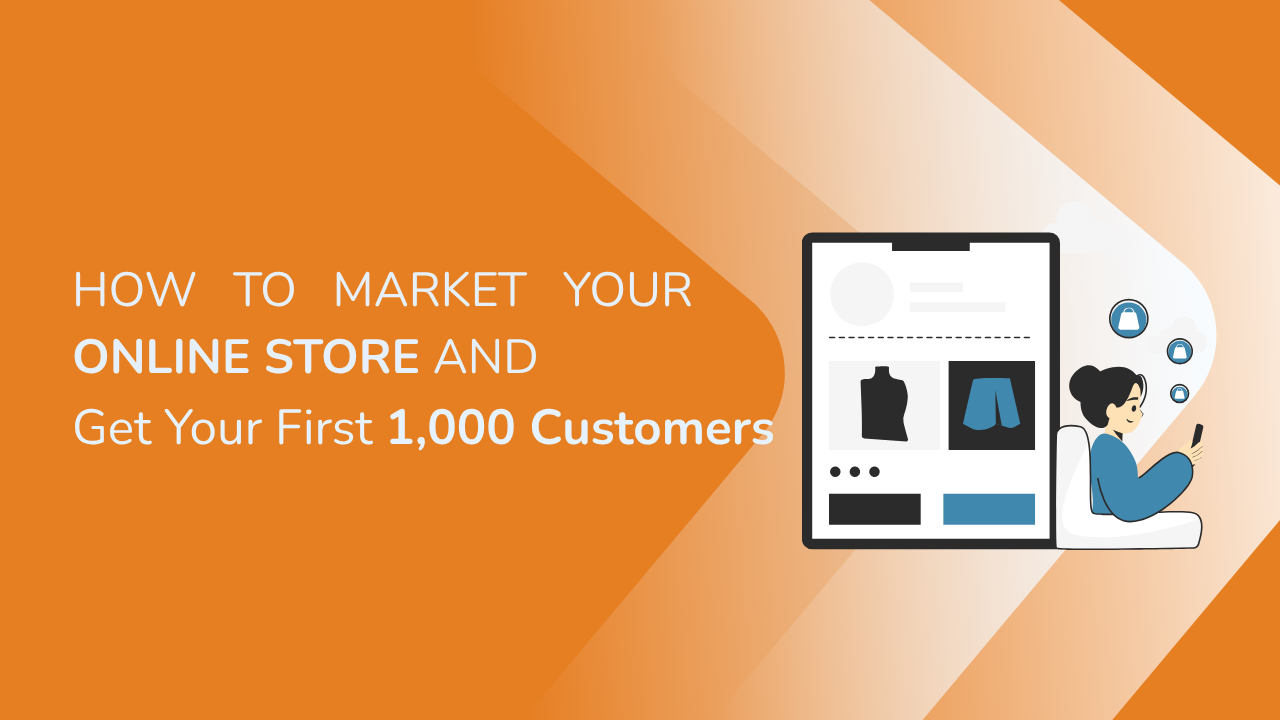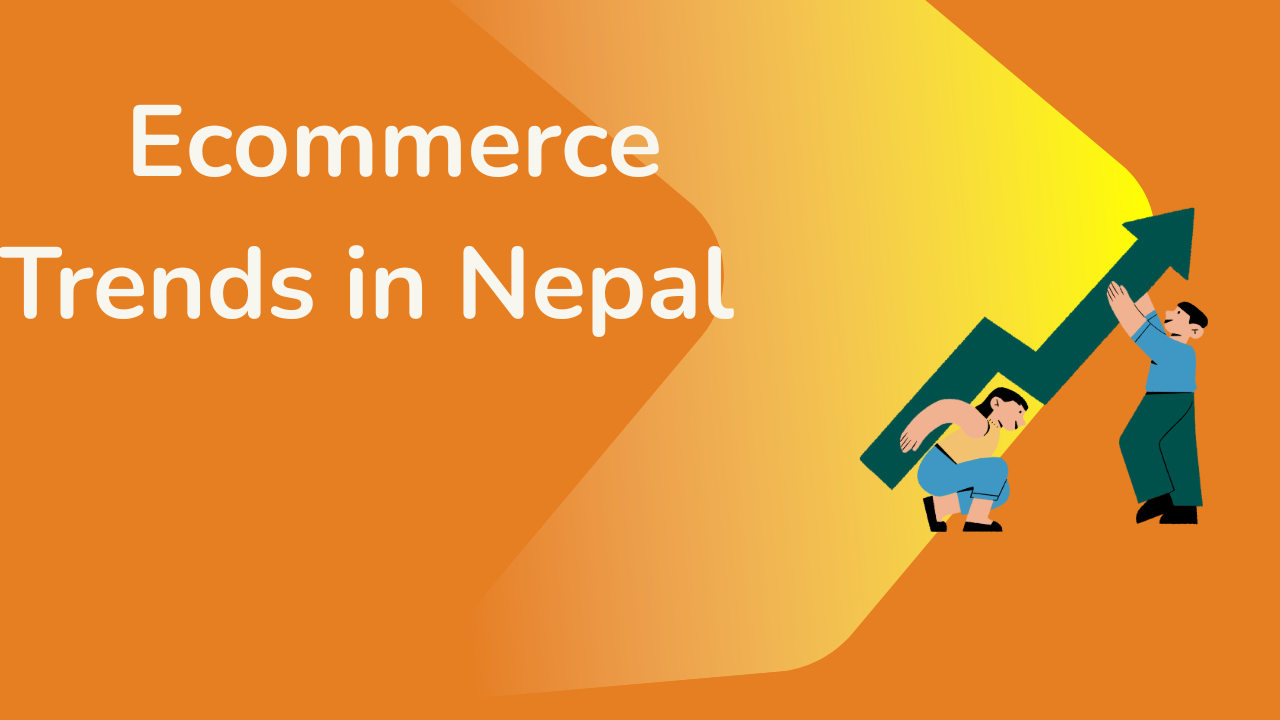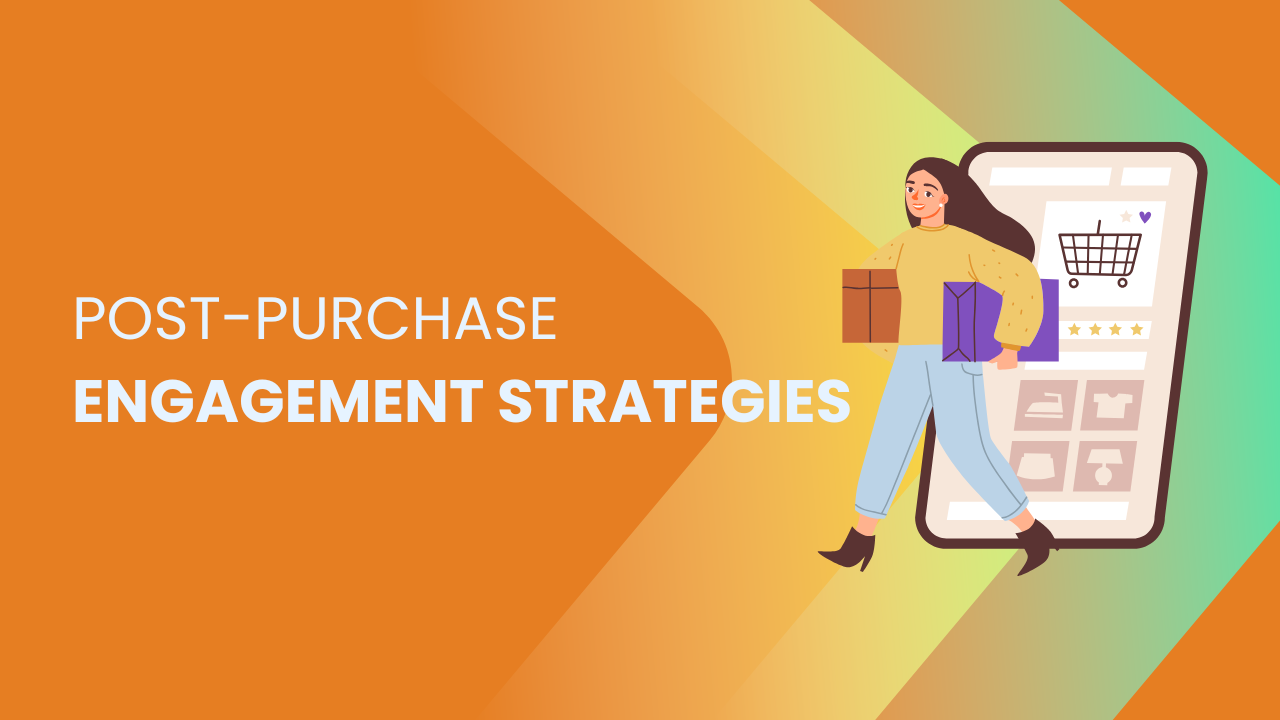Share this Article
Introduction
In today’s competitive e-commerce landscape, acquiring a customer is only the first step. True business growth depends on how effectively you engage customers after their purchase. The post-purchase phase is often overlooked, yet it is a critical period for nurturing relationships, encouraging repeat purchases, and turning satisfied customers into brand advocates.
For businesses in Nepal, this stage is particularly important. With the e-commerce sector expanding rapidly and competition intensifying, retaining existing customers is often more cost-effective than acquiring new ones. Post-purchase engagement ensures that customers feel valued, supported, and motivated to continue interacting with the brand. This article explores a range of strategies businesses can use to maximize engagement after purchase, enhance satisfaction, and drive long-term growth.
The Importance of Post-Purchase Engagement
Post-purchase engagement is vital because it determines how customers perceive your brand after their initial transaction. Engaged customers are more likely to make repeat purchases, leave positive reviews, and recommend your business to others. Conversely, a lack of engagement can result in dissatisfaction, negative feedback, and lost sales opportunities.
In Nepal, logistical challenges, delivery delays, and payment issues can affect customer experience. Proactively engaging customers after purchase mitigates potential frustrations and strengthens trust. Post-purchase engagement is not just about increasing revenue; it is about building lasting relationships that support sustainable business growth.
Personalized Thank You Messages
The simplest yet most effective form of post-purchase engagement is expressing gratitude. Personalized thank-you messages can leave a lasting impression. Using the customer’s name and referencing the purchased product demonstrates attention to detail and appreciation.
For example, an online Nepali clothing store can send a thank-you message that not only acknowledges the order but also emphasizes the craftsmanship of local artisans involved in creating the product. This approach creates an emotional connection, making customers feel recognized and valued. Personalized messages also encourage future interaction and set the stage for loyalty.
Order and Delivery Updates
Keeping customers informed about their order status is crucial. Clear communication regarding order confirmation, processing, shipping, and delivery reduces uncertainty and builds trust. In Nepal, where geographic and logistical constraints can affect delivery timelines, timely updates are particularly important.
For instance, an online grocery service can send real-time notifications when the order leaves the warehouse, along the delivery route, and upon arrival. If delays occur due to unforeseen circumstances, proactive communication reassures customers and prevents frustration. Effective post-purchase communication strengthens the customer experience and reduces the risk of negative reviews.
Providing Product Usage Guidance
After purchase, customers often require guidance to make the most of their products. Providing tutorials, guides, or instructional content enhances satisfaction and reduces misuse or complaints.
For example, a Nepali electronics retailer can send follow-up emails with video tutorials on device setup or tips for optimal performance. A food delivery platform can share recipes or storage instructions for purchased ingredients. By educating customers, businesses not only improve product utility but also demonstrate care and expertise, further strengthening loyalty.
Requesting Feedback and Reviews
Feedback is a critical component of post-purchase engagement. Soliciting customer opinions demonstrates that the business values their perspective and is committed to improvement. Reviews also provide social proof that can influence future buyers.
Nepali e-commerce platforms can request reviews a few days after delivery, highlighting the importance of sharing honest experiences. Positive reviews can be featured on websites or social media to build credibility, while negative feedback offers opportunities for resolution and improvement. Actively seeking feedback fosters trust, strengthens relationships, and guides future product development.
Personalized Recommendations and Upselling
Post-purchase engagement is an ideal time to introduce personalized product recommendations. By analyzing purchase history, businesses can suggest complementary products or upgrades that enhance the customer’s experience.
For example, a Nepali online home appliances store could recommend compatible accessories or replacement parts for a recently purchased product. Personalized recommendations create a sense of relevance and convenience, increasing the likelihood of additional purchases. Strategic upselling not only boosts revenue but also adds value for the customer by highlighting products they are likely to find useful.
Loyalty Programs and Rewards
Rewarding customers for their purchases is a proven method for fostering repeat business. Loyalty programs, whether based on points, discounts, or exclusive offers, encourage customers to return.
For instance, a Nepali online bookstore can offer points for each purchase, which can be redeemed for discounts on future orders. Recognizing and rewarding customer loyalty creates emotional attachment and motivates continued engagement. Well-structured loyalty programs can also provide valuable insights into purchasing behavior, helping businesses tailor future offers.
Proactive Customer Support
Proactive support enhances post-purchase engagement by addressing potential issues before they escalate. Businesses that reach out to confirm satisfaction, offer assistance, or provide troubleshooting guidance demonstrate care and responsiveness.
In sectors where products require setup or maintenance, such as electronics, appliances, or fitness equipment, proactive support is particularly valuable. A Nepali e-commerce business that follows up with customers to ensure products were received in good condition and are functioning as expected fosters trust and reduces complaints. Proactive support transforms potential dissatisfaction into positive experiences.
Engaging Through Content
Content-driven engagement keeps customers connected to the brand beyond the initial purchase. Sharing relevant, educational, or entertaining content reinforces value and encourages ongoing interaction.
A Nepali online fitness store, for example, could send post-purchase content featuring workout routines, nutrition advice, or tips for using purchased equipment. Engaging content positions the brand as an expert and adds value to the purchase experience. Customers who find content relevant and useful are more likely to remain loyal and make additional purchases.
Fostering Community and Social Interaction
Creating a sense of community around your brand enhances post-purchase engagement. Encouraging customers to participate in forums, social media groups, or online communities allows them to share experiences, ask questions, and interact with like-minded users.
For example, an outdoor gear brand in Nepal can invite customers to share trekking photos or tips using purchased equipment. Social engagement builds a loyal community, generates user-generated content, and strengthens the connection between the brand and its customers. Customers involved in communities often become advocates, amplifying the brand’s reach organically.
Monitoring Post-Purchase Metrics
Measuring the success of post-purchase engagement is crucial for continuous improvement. Metrics such as repeat purchase rate, customer satisfaction scores, net promoter scores, and review submissions provide insights into how well engagement strategies are working.
By analyzing these metrics, businesses can identify areas for improvement, refine engagement techniques, and ensure customers remain satisfied and loyal. For Nepali e-commerce businesses, monitoring metrics allows for data-driven decisions that optimize customer experience and maximize revenue potential.
Integrating Technology for Engagement
Technology plays a key role in enhancing post-purchase engagement. Customer relationship management systems, email automation tools, chatbots, and social media management platforms enable businesses to communicate efficiently, track interactions, and personalize engagement at scale.
For instance, automated follow-up emails can thank customers, provide tracking updates, suggest complementary products, and request feedback, all in a timely manner. Chatbots can offer instant support for post-purchase inquiries, while analytics tools help track customer behavior and engagement patterns. Integrating technology ensures consistent, scalable, and effective engagement strategies.
Conclusion
Post-purchase engagement is a vital component of building customer loyalty, driving repeat sales, and establishing a strong brand presence. By expressing gratitude, providing order updates, offering product guidance, requesting feedback, making personalized recommendations, implementing loyalty programs, offering proactive support, sharing content, fostering community, and monitoring metrics, businesses can create meaningful and lasting connections with customers.
For Nepali e-commerce businesses, post-purchase engagement is not just about immediate sales—it is about building trust, satisfaction, and long-term loyalty. Customers who feel valued and supported are more likely to return, recommend the brand, and become lifelong advocates. Investing in post-purchase strategies ensures sustainable growth, strengthens customer relationships, and provides a competitive edge in a dynamic marketplace.
Categories:
Marketing & Growth
Tags:
Online Store in Nepal
,
local businesses
,
e-commerce app
,
Small Business
,
strong brand
,
E-commerce







